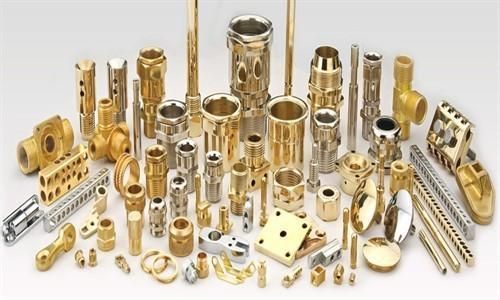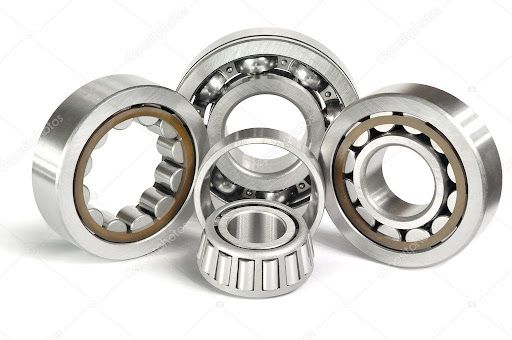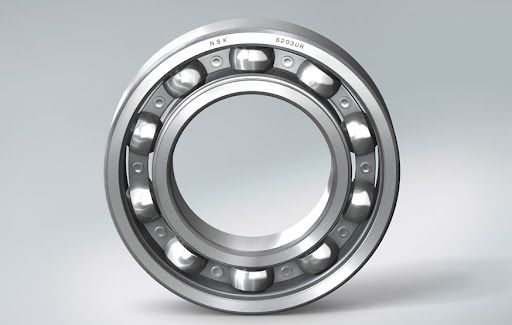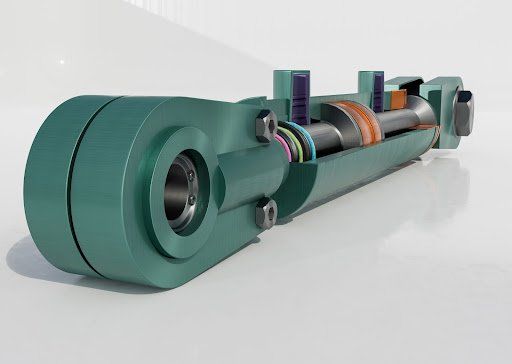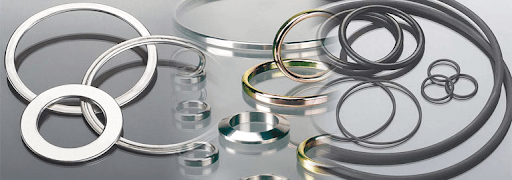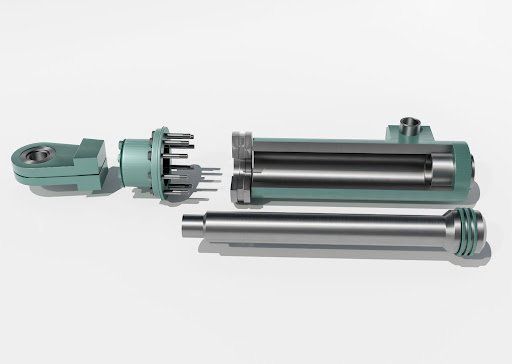The impact of wheel size on a caster's performance on various surfaces:
The impact of wheel size on a caster's performance on various surfaces:
Casters are extremely important in their daily lives, especially when they need to move or carry big objects or cargo. There are several factors to take into account while selecting any caster wheel. Temperature conditions, caster design, caster material longevity, floor protection, and simplicity of maintenance are a few of these variables. How about the caster wheel's size? Have you ever wondered why they come in a variety of sizes? This essay aims to answer this basic query while examining the connection between the size of the caster wheels and how well it performs on various floor types.
Here are some of the impacts of wheel size on a caster's performance on multiple surfaces which are mentioned below:
Uneven surfaces:
Flooring frequently contains fissures, thresholds at doorways, or neighboring surfaces that aren't relatively level, such as those seen at expansion joints. Grates, potholes, bumps, and other issues make the uneven pavement outside even more difficult. Each of these unequal characteristics poses a challenge for the caster. The heavy duty caster wheels South Africa provide the best quality, and they must roll up and over the obstruction to continue advancing. Because the vertical component of the caster's motion is relatively significant compared to the horizontal part, pushing the caster up and over the obstruction may need quite a bit of force for wheels with tiny diameters. Larger wheels will find the obstacle to be much less of a hindrance. The caster will appear to navigate the obstruction with ease and continue rolling with a lot less effort.
Soft surfaces:
A depression is created around the wheel when a caster wheels presses into a soft surface, like a carpeted floor. The caster must roll up and out of the depression to advance. Due to the weight of the load being distributed over a broader area, larger wheels offer advantages in this scenario. They generate considerably less of a depression and are easier to roll over the depression, just as larger wheels were before stated as being easier to roll over trash. As a generalization, they can observe that larger-diameter wheels will perform better than smaller-diameter wheels in each situation, including uneven, soft, or debris-covered surfaces.
Surfaces with debris:
Debris may be present even on perfectly smooth outdoor pavement or inside floors. Heavy duty caster wheels in South Africa may prevent the caster from moving forward. A pebble is small at 1/4 inch, and they used to provide a barrier that is 25% of the caster's radius when using a 2-inch caster. The little caster must scale this substantial barrier. The same pebble occupies only 6% of a 6-inch caster's radius when it is in its path. The stone appears more like a grain of sand to this more prominent caster and is simple to roll over.
Final thoughts:
One factor that affects a caster's performance is its wheel size. Additionally, significant factors are things like bearing style, tread width, and shape. To determine which variables to combine in your case, you need to have a high-quality wheel from the bearing centre to reduce the effects on the caster's performance.

